A Jewish teenager in Lithuania lights a cigarette for his girlfriend, circa 1939; Adolf Hitler rehearses his dramatic rhetorical gestures before the camera, in 1927; female SS auxiliaries eat blueberries on a fence near Auschwitz, in 1944; a Jewish wedding in German-occupied Poland in 1941.
These are just some of the scenes portrayed in a selection of photographs – part of a new series of videos produced by IranWire with the support of the United States Holocaust Memorial Museum (USHMM).
The Photos That Define the Holocaust video series follows USHMM and IranWire’s 2020 launch of The Sardari Project: Iran and the Holocaust, a video and article series educating Iranians inside Iran about the Holocaust and its lessons for the future. The Islamic Republic’s leaders have intensified their antisemitic rhetoric, and are books, television series and cartoon exhibitions denying the Holocaust.
The Sardari Project plays a critical role in telling the truth about the Holocaust to millions of Iranians. It is the only project of its kind in Persian and has produced dozens of articles, videos and panel discussions about different subjects related to the Holocaust. Some highlights include a Persian version of Anne Frank's Diary as a graphic biography; the documentary Tehran Children, which tells the story of Polish-Jewish refugee children in Iran during the Holocaust; a longform article on Derviš Korkut, a Muslim Bosnian hero of the Holocaust; a series of panel discussions on indoctrinating youth, the "Final Solution"; and A Holocaust Survivor’s Message to Iran’s President.
And now IranWire’re new Photos That Define the Holocaust series reviews about 60 photographs, chosen by USHMM historians, staff, and Bringing the Lessons Home Youth Ambassadors, a program that introduces Washington, DC area public high school students to Holocaust history.
Each photo tells a unique story of the Holocaust. Some depict daily life for Jews during the Second World War, some expose antisemitic Nazi propaganda, while others show instances of clandestine documentation of Nazi persecution. The videos also demonstrate how photographs can be used to understand the past, humanize historical events, and honor victims. USHMM Acquisitions Curator Kassandra Laprade-Seuthe says in one of the videos: “Something that I’ve heard from my colleagues is that photographs are uniquely situated to draw the interest of audiences, they’re almost immediately relatable, particularly those where we see recognizable elements from our own lives. It’s a unique entry point to the sympathy for someone that was subject to such horrible dehumanization.”
And USHMM Youth Ambassador Annalise Vezina says that photographs are “difficult to speak about because we get caught in how this was someone’s life and this is not a number or an imagined event, this was really someone who was killed by the Nazis, who was murdered. There were millions of others like them, but to focus on one story specifically, it’s very difficult to sit with that.”
Other interviewees in the video series include the USHMM’s Senior Historian Patricia Heberer Rice, Historian Edna Friedberg, Senior Program Curator Steven Luckert, Program Coordinator Russell Garnett and Youth Ambassadors Lela Trainer, Sloane Davenport and Jennifer Flanagan.
Edna Friedberg spotlights in one of the videos a photograph of Jewish residents being rounded up for deportation in Amsterdam, evidently taken by a neighbor, reflecting the conscious decision of an ordinary person to document the event as significant. “This photograph is one that really haunts me, because it was taken out of someone’s kitchen window,” Friedberg says in the video.
“This is not like today, when we have cell phones and can easily take a picture of a thousand things a day. Not that many people had cameras at the time, so it was a commitment to take a photograph. To use expensive film meant that the photographer had thought ‘This is significant’, and that they needed to capture it for posterity.”
Sloane Davenport, when giving tours of the US Holocaust Memorial Museum’s Permanent Exhibition, refers to a photograph which depicts an emaciated concentration camp survivor drinking from a metal bowl: “This photo … shows the human toll of the Holocaust.
The bowl is the only possession they would have had and if they lost it, there were no replacements, and that’s how they got fed. If I drop a bowl on the floor and it breaks, it’s not a huge deal, but if that’s your only possession and it’s your only key to food, it’s very different. It gives that perspective immediately to people who are entering the museum, to have that be the third photo that they see.”
In another video, Patricia Heberer Rice takes the audience through the selection process at Auschwitz-Birkenau, using a rare photograph depicting Jews undergoing the procedure at the ramps: “Usually, it was forbidden to take photographs within the killing centers and so this is a bird’s eye view of this particular site.”
Steven Luckert, meanwhile, examines a different Nazi procedure: the regime’s efforts at racializing popular sensibilities through German propaganda publications. One example, seen in the video, shows the children of white German women and French soldiers from African colonies. “Showing these close-ups of their faces and then contrasting a blonde-haired ‘ethnically pure’ German girl, that they’re different, emphasizing their facial features, creates racial profiles of these children. The use of children in Nazi propaganda was very conscious and I think shows the extremism of the Nazis in that even these kids can be a threat to the ‘racial purity’ of their regime,” Luckert says.
What threads the videos together is an effort to use the photographs as tools to fight hate, antisemitism and extremism, and to promote human dignity. Kassandra Laprade-Seuthe describes a photograph in which a Nazi propaganda photographer is capturing an image of a Jewish resident of the Warsaw ghetto, emphasizing racialized features to dehumanize him and reflect antisemitic Nazi propaganda. “It’s important to note that so much of the photography that was taken for propaganda purposes intended to dehumanize those who were photographed and was not done with the consent of those whom we see. I think that calls on us to be deliberate about how we use those photographs,” she says.
visit the accountability section
In this section of Iran Wire, you can contact the officials and launch your campaign for various problems




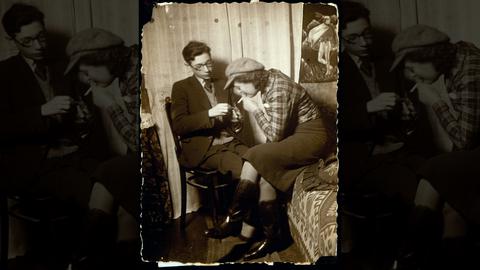
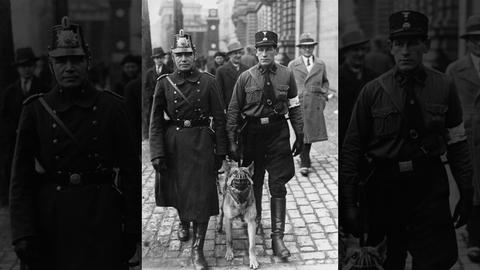
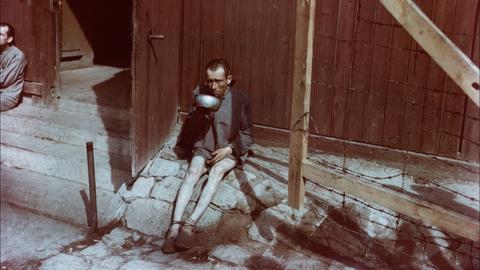
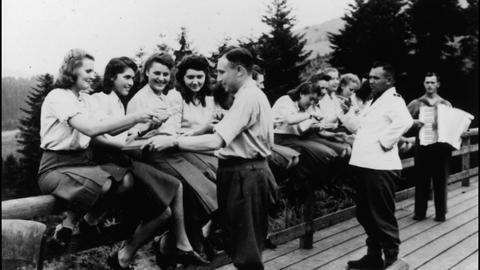
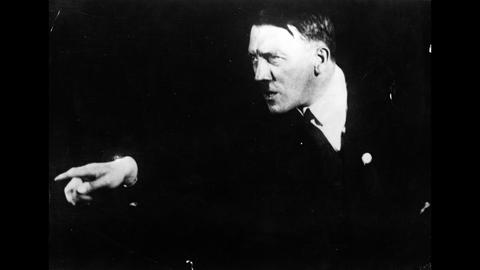
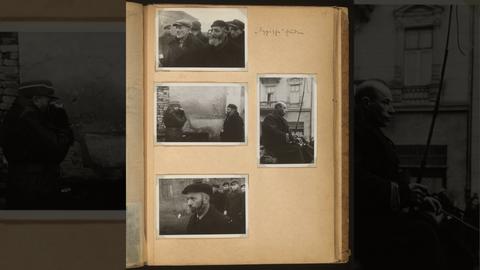
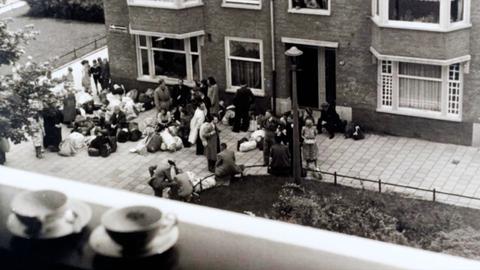

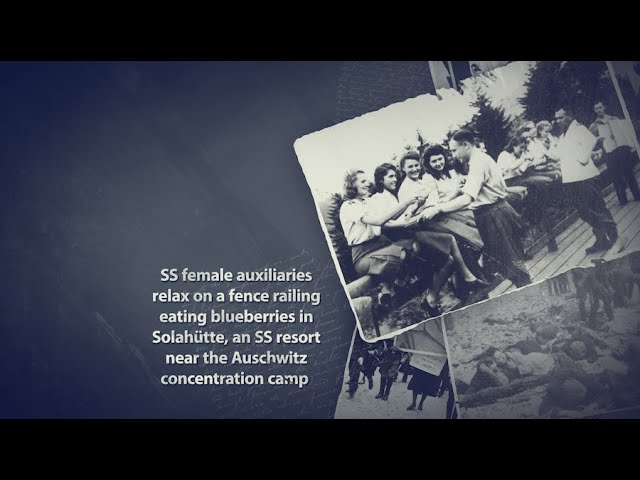
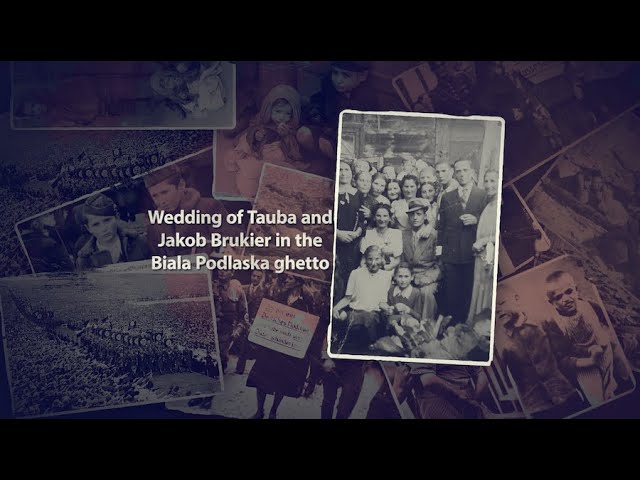
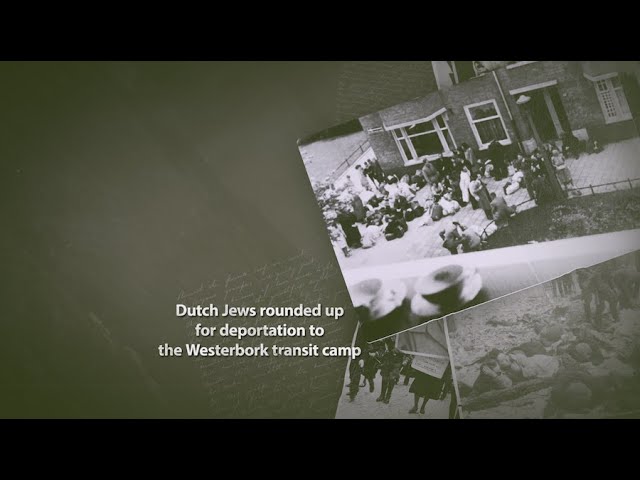
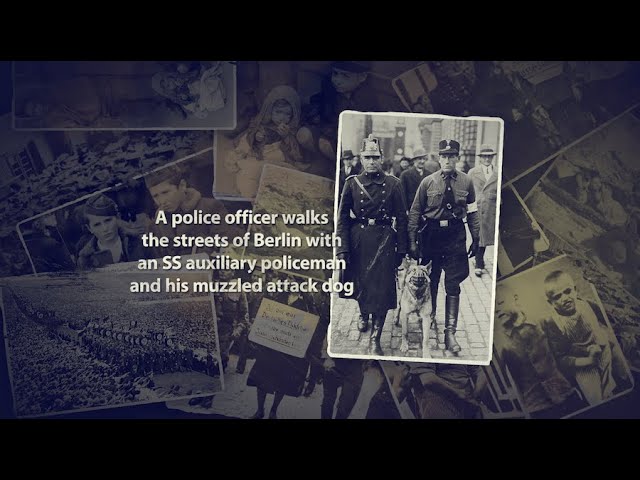
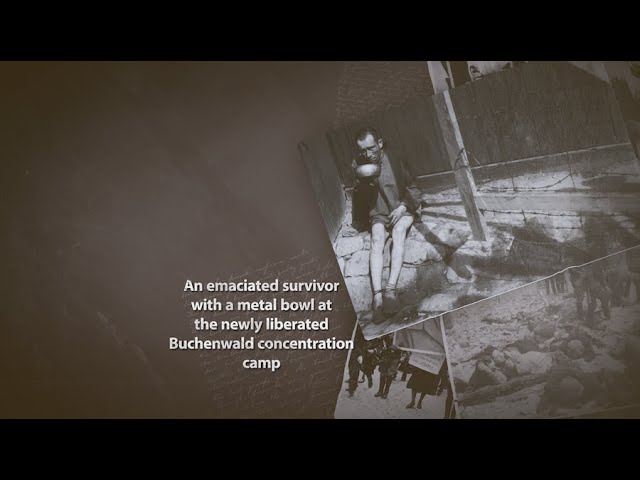
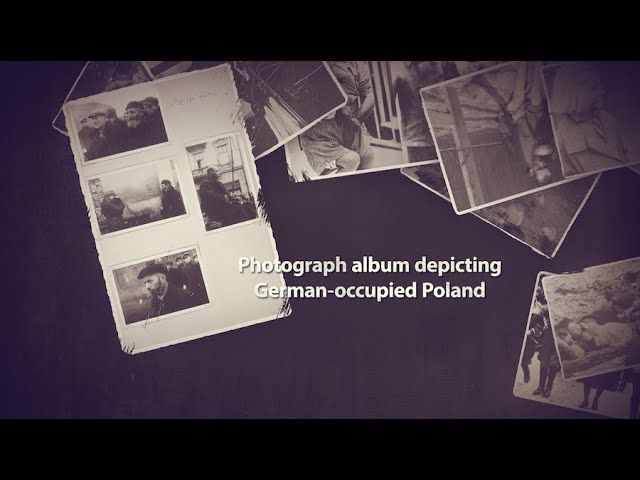
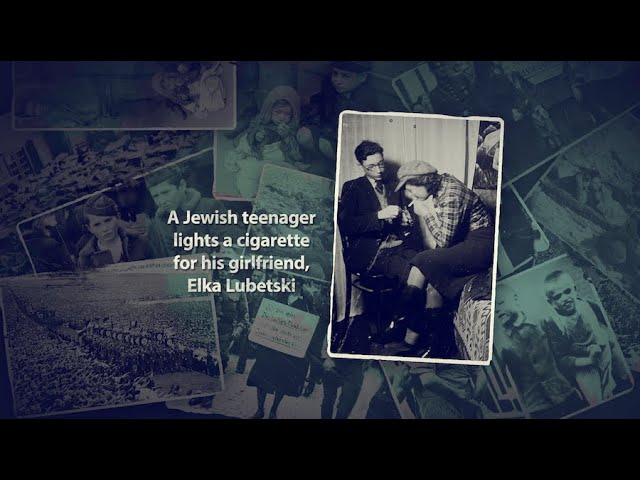
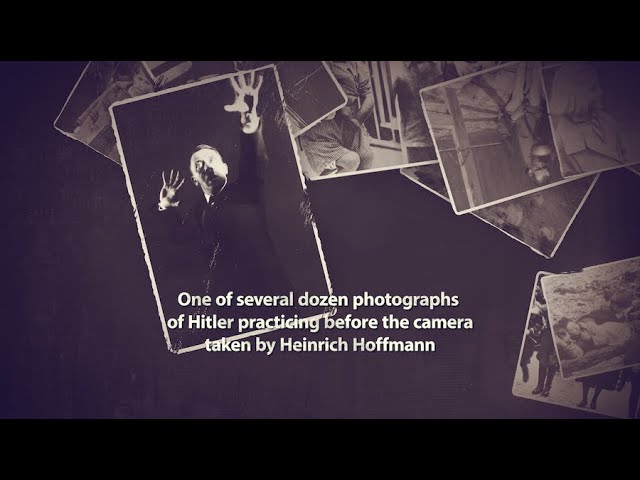


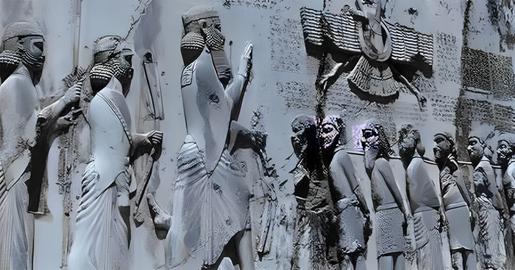


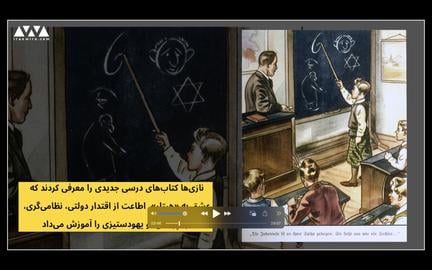
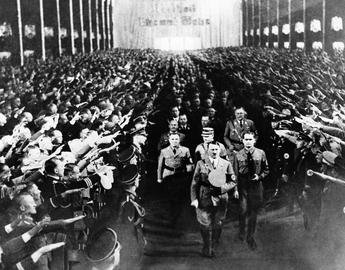

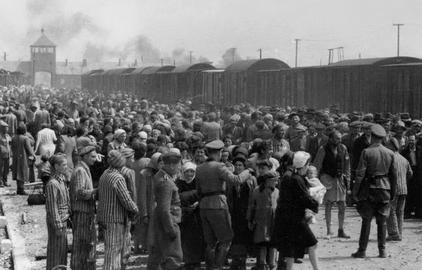
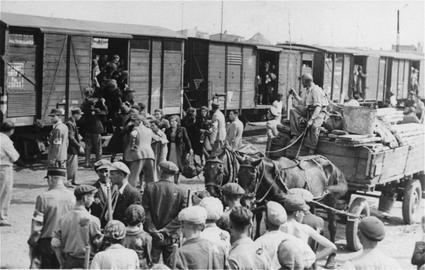




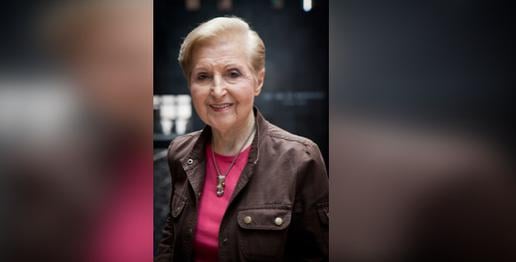
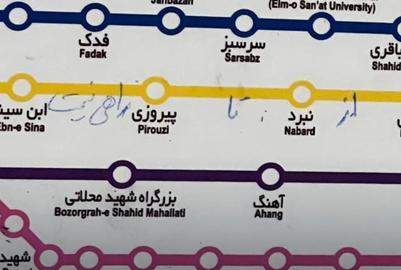
comments